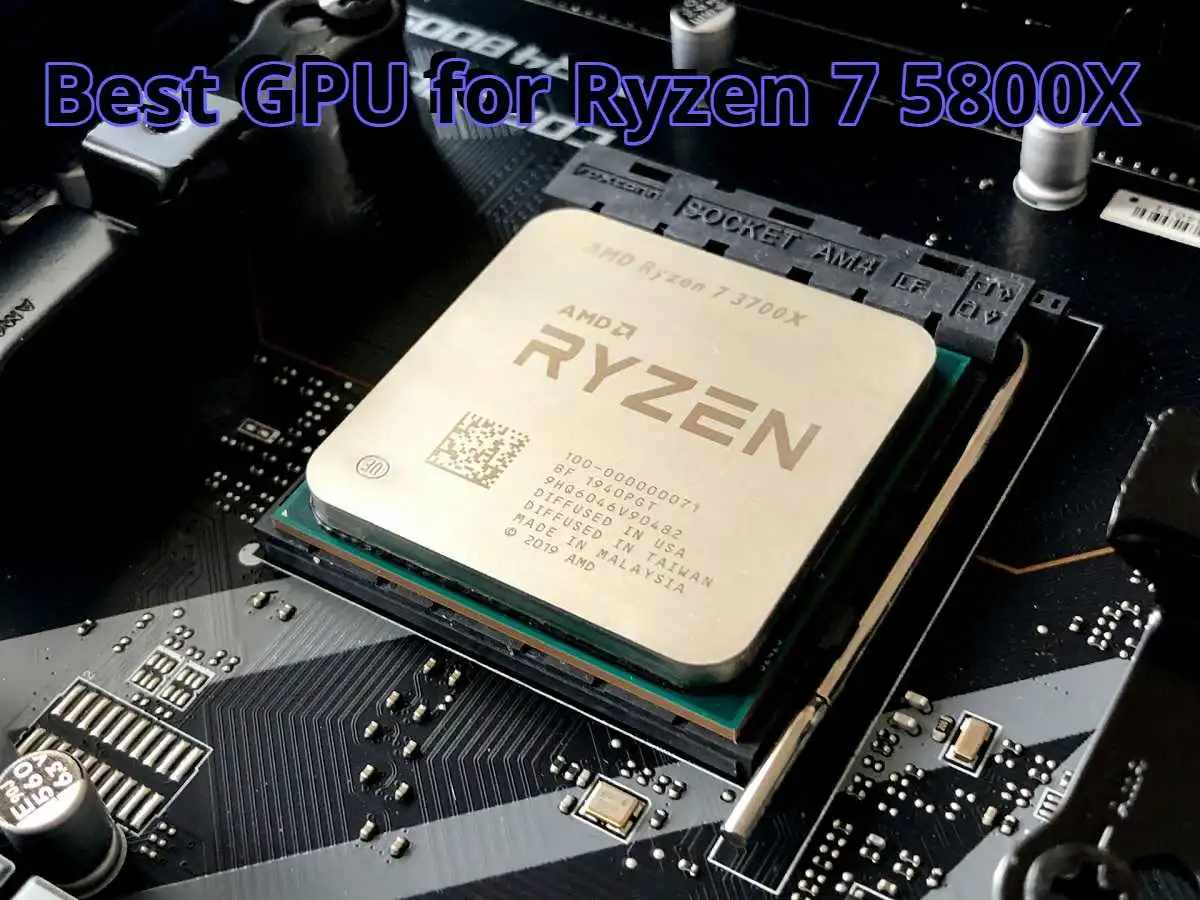Do you know what network congestion is and how to prevent it?
If you use the Internet, you might probably have encountered network congestion. Network congestion is a significant issue for the Internet, and it isn’t going to disappear anytime soon.
In this blog post, we’ll explain what network congestion actually is and the factors that cause it. We’ll also tell you the ways through which you can prevent it from happening.
So, let’s dig right in!
What Is Network Congestion?
Network congestion, also known as network meltdown or network lag, is a type of Internet traffic jam. In simple words, network congestion occurs when so many individuals try to utilize the same space on a network at the same time.
A simple way to describe it: if you’re riding on a bus and there are 50 people on that bus with 60 pieces of luggage each, there might not be enough space for everyone’s luggage to fit on the bus. Similarly, it’s like when a freeway is full of cars and drivers have to wait for one of them to go before they can pass.
So technically, network congestion is when the amount of data sent through a network is greater than what the network can handle. This can cause delays in sending and receiving information, and in some cases, slow down the entire system.
Why Does Network Congestion Happen? Top 6 Reasons
There are lots of reasons why networks get congested. Sometimes it happens because there aren’t enough routers in place or enough bandwidth available on the network itself. Other times it happens because there are too many users trying to use the same space at once—and that means traffic builds up quickly and slows down your connection.
The most common reasons for network congestion are
1- The High Volume Of Data
If you have large files or videos being uploaded every second, your network will become congested very quickly. You could try using a service like Dropbox or Google Drive to store these files for offline access instead of uploading them directly to your hard drive.
2- The High Number Of Users
If you have more people on your network than the available bandwidth can handle, you’ll experience network congestion. The best way to prevent this from happening is by making sure that each person has a computer and they’re only using resources that are necessary for their job.
3- Poor Internet Connection
If there’s no way for all the devices connected to your network to receive data from each other, then everyone will be left waiting for the next packet of information before they can continue working.
4- Faulty Devices And Outdated Hardware
Like every other thing on this planet, gadgets, hardware, network cables, and wire connections may all demand updates or replacements. As part of a system assessment process for network congestion, the data speed or other performance measures for each component of a network should be evaluated.
5- Design Flaws Or Misconfiguration
A major cause of network congestion is device misconfiguration or poor design. Each network should be constructed to support the appropriate loads and designed to meet the needs of the organization. A streamlined network links all segments while optimizing their performance.
A broadcast storm is an example of this problem. When the network undergoes multicast traffic or a massive amount of broadcast in a short period, this problem leads to severe performance loss. Because broadcasts are stored within subnets, a broadcast storm may have a greater impact on larger subnets. Therefore, constructing a network with vast subnets without taking broadcast storms into account can lead to network congestion.
6- Breach Of Security
Viruses, worms, malware, and Denial of Service (DoS) attacks are examples of security attacks that can also cause network congestion.
How To Prevent Network Congestion Issues? Top Ways
Network congestion is a serious issue that can have a major impact on your organization. But the good news is there are many ways you can use to prevent problems like these from occurring in your company’s networks.
Let’s explore them one by one!
Analyze And Monitor Your Network Traffic
If you want to prevent network congestion issues, you need to first monitor and analyze your network traffic and make sure that none of your users is using up all of the available bandwidth.
For accurate status, you should analyze during times of high traffic to identify network congestion. This is particularly possible during peak hours when several devices are linking or during corporate events.
The best network discovery tool may assist in identifying the origin of network congestion. Using a network discovery program, you can scan virtual networks, cloud servers, and all other mobile devices and networks overusing bandwidth.
Read more: Why are Essentials Of Cloud Storage Trending?
After recognizing the issues with bandwidth utilization, upgrade the network infrastructure to more effectively allocate it during peak times.
Bandwidth Management
Bandwidth refers to the amount of data that can transfer through a particular connection without causing congestion or slowing down other users on the same connection.
You should always use as much bandwidth as possible when transferring large amounts of data between two devices because this will result in the fastest speeds for each user connected over that particular connection.
Segmenting And Prioritizing
If there’s a lot of traffic coming into one server or site, you may want to create multiple servers. In this way, every request gets directed to the appropriate server without slowing down your whole network.
Other factors to consider in determining how to minimize network congestion are:
- TCP/IP settings should be optimized to maintain protocol send/request speed.
- To optimize resources, utilize a CDN (Content Delivery Network) which forwards more requests to edge servers.
- Utilize choke packets to reduce sender device output and thus prevent network congestion.
- Examine security breaches and attempted attacks in your internet access logs and everywhere else.
- To avoid congestion, use a VPN.
- Making use of redundancy models.
Wrap Up
We sincerely hope that you’ll have an easier time dealing with network congestion in the future. Does your website experience more traffic than usual? Do certain apps need a lot of bandwidth to work properly? You can try moving things around and see if that helps. Sometimes, rearranging things can make a big difference.
Thank you for reading through the post. Did we miss out on something? Feel free to let us know in the comments section below.
You might also like to read:
- How Fast Is Technology Advancing Today? How It Changed The World
- CrowdStrike AI for Investment Meets Cybersecurity!




